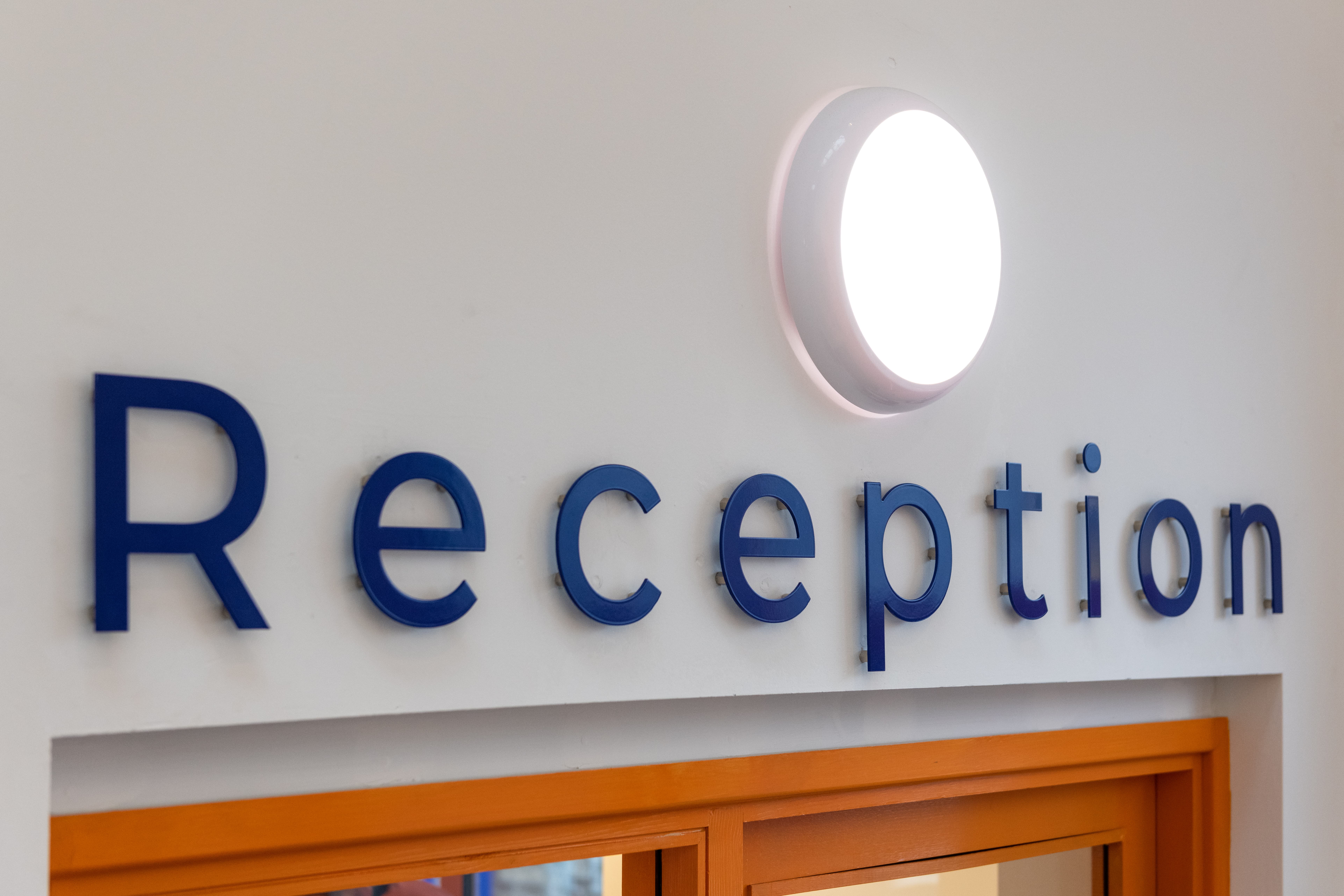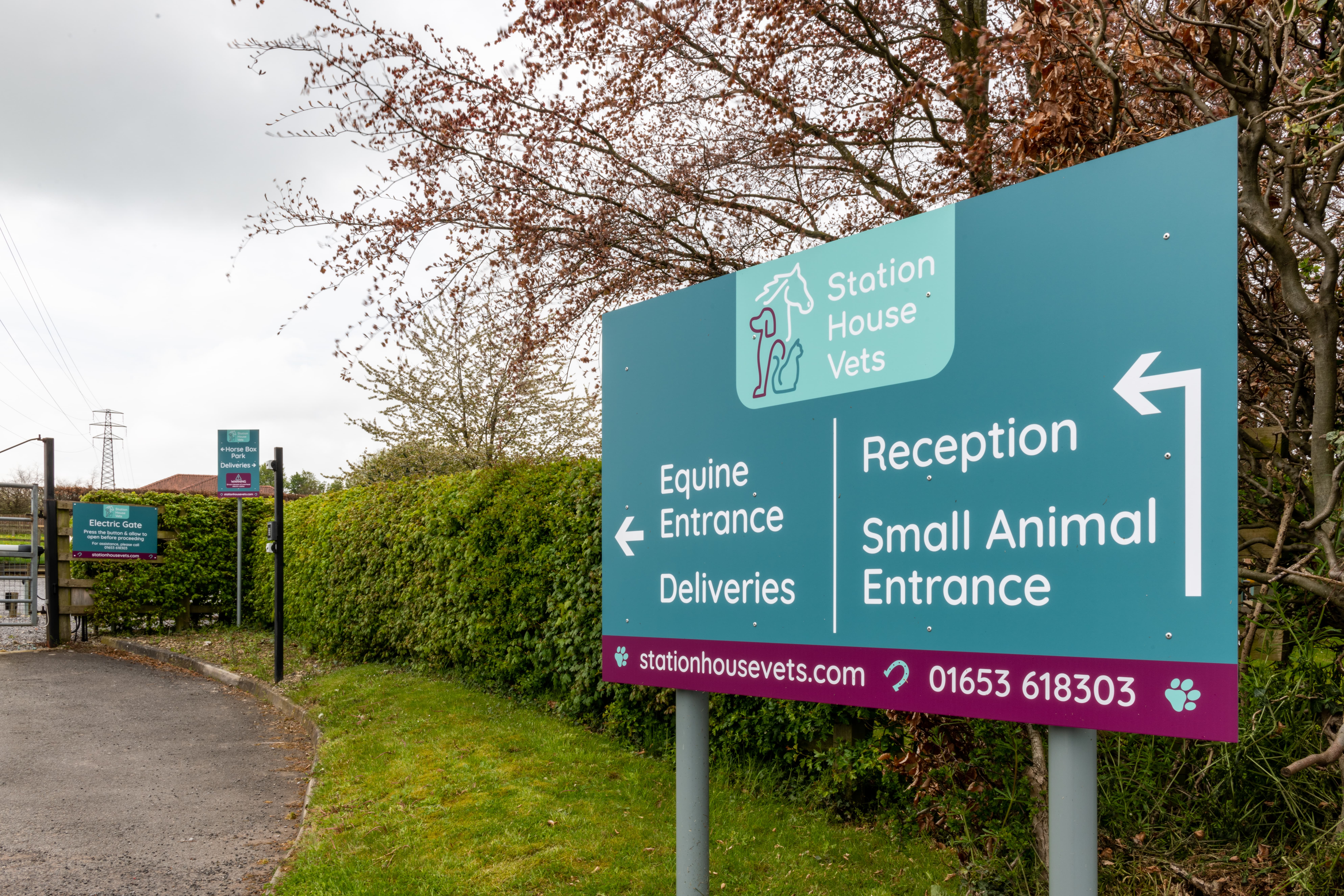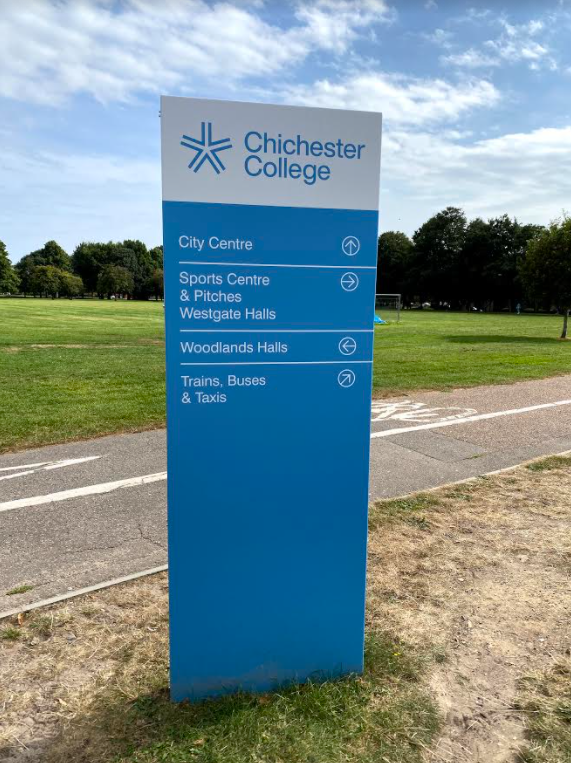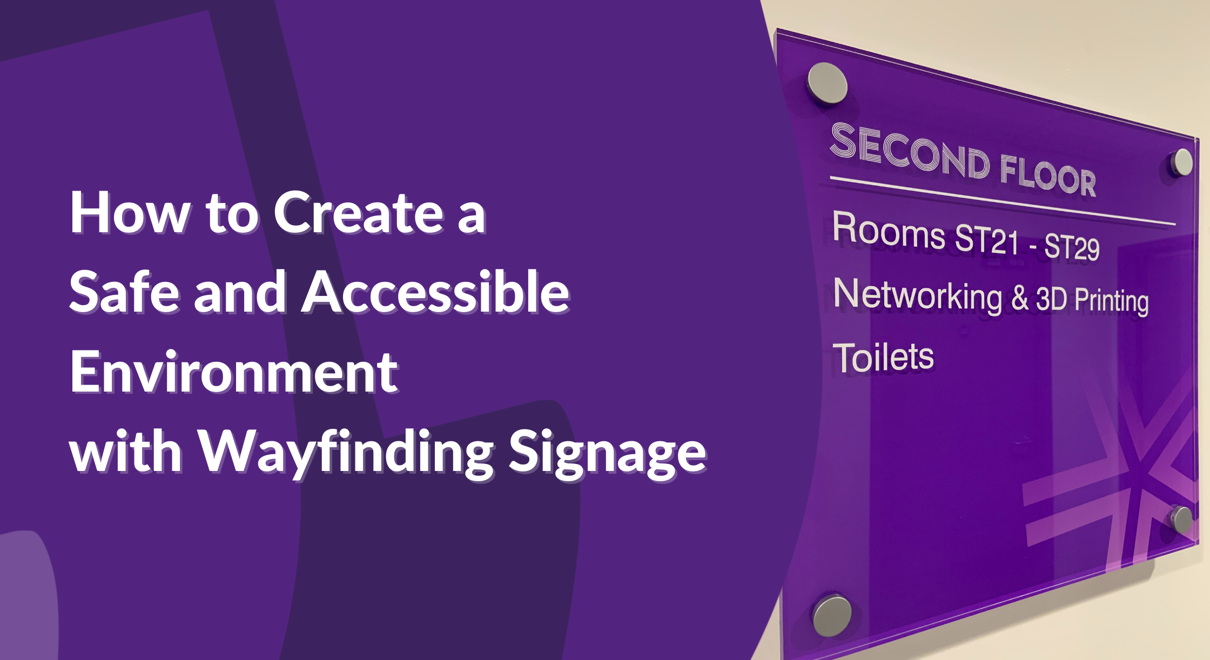Having an effective wayfinding signage solution within your business facility is a great way to ensure that your staff, customers and visitors can navigate within your location, in a safe and accessible way. Prioritising wayfinding in your business means that you have considered exactly how people use your building and depending on the industry that you operate in, you will have differing reasons for why wayfinding is important to you.
If your business manages large numbers of people, wayfinding manages the flow of traffic around your event or education facility, for example. Having this type of signage is important and fulfils your duty of care to your guests, students, staff or visitors. In high-pressure locations such as first-response healthcare facilities, having clear wayfinding allows staff to get where they’re going with little disruption and visitors to reach the destination of their own accord, limiting their need to ask for directions and advice from staff. Visit our wayfinding signage product page for more information.
.2307261528275.jpg)
What is Wayfinding Signage?
Wayfinding signage is a signage solution that helps the people using your business to navigate around it effectively. Wayfinding considers the whole of your site, helping to direct people around your site, keeping corridors safe and accessible to all, managing crowd control and considering the user experience of a location, as well as reinforcing your brand and values.
If wayfinding considers the whole site, directional signage focuses specifically on directing people through the use of arrows. Directional signage is certainly part of a wayfinding solution but wayfinding considers things like your site identification from the road, helping people to identify your entrance and reception, whereas directional signage provides the specific detail, like door identification plaques or lift bank directories.

Wayfinding signs come in many different shapes and sizes and are usually developed specifically for the customer. Our custom wayfinding solutions are usually developed in partnership with the customer, taking their brand and facility into account when developing a solution. However, wayfinding signs can also encompass standard signage such as health and safety signage, which, when installed, helps to inform people how to behave in certain areas, to inform them and protect them from certain hazards.
For further information, check out our complete guide to wayfinding signage’

How Can Wayfinding Signage Ensure Safety & Accessibility?
Having well-planned and implemented signage tells your customers that you value their experience and are committed to ensuring their experience with you is positive.
Wayfinding signs are often the first interaction a visitor has with your space. As an example, Station House Vets wanted to raise the visibility of their veterinary practice from an adjacent main road. FASTSIGNS were able to implement a well-placed sign that notified users of the practice with enough time for them to make their driving manoeuvre and safely make the turn onto the road where the vets are located. As you travel towards the vets, which are set back and hidden from the road, further signage clearly indicates entrances and access points. Users of the vets have reported how useful the signage has been. The veterinary team have also stated that the road sign has boosted the visibility of the practice and new custom to the vets has increased, since the sign was installed.
If customers, staff, and visitors have a good experience, it’s highly likely that they will speak positively about you, not only through verbal word of mouth. In today’s digital landscape, their good feeling could extend to online reviews, which is a huge trust indicator for any business! The implementation and consideration of your wayfinding signs indicate that your organisation is thoughtful, and organised and values its visitors.
For many people, visiting a new space can be anxiety-inducing! Some people may even run pre-visit-recces to help them get their bearings before their actual visit! This may seem extreme but that's because wayfinding solutions are not always made equally and many people fear feeling silly, confused or asking for help! A well-planned wayfinding solution can help ease the nerves of your first-time visitors or those with specific needs.
.9).1).2307261535125.jpg)
When designing your wayfinding signage solutions, our team of experts can help you make your building inclusive for all by recommending things like the visual contrast and text size on signs, including elements like braille and tactile features, as well as ensuring that they are positioned at the correct height. All of these fine details help ensure that your business complies with the Equality Act (2010) and makes your facility accessible to all visitors, including those with visual, cognitive or physical disabilities.
In January 2023, the inquiry into the Grenfell Tower Fire announced that poor wayfinding signage in the building did not assist the rescue efforts of the firefighters that attended the scene. Due to this, specifically for multi-occupied dwellings, the Fire Safety Regulation has outlined a number of requirements for wayfinding signage in these buildings. Although these guidelines are specifically for the outlined sector, at FASTSIGNS we believe that the regulation provides an excellent blueprint for any business, operating in any industry. Wayfinding signage can play a crucial role during emergency situations, helping people navigate their way out of the building safely and efficiently.
How to Implement Effective Wayfinding Signage

If you wish to implement a comprehensive wayfinding solution in your business, our signage experts will visit your site to conduct a thorough site survey. They will identify sites for signage that give maximum visibility, as part of their consultation and work with you to identify the directional detail. This process helps to map out the wayfinding solution and anticipate ways that you can implement effective wayfinding signage that creates a safe and accessible environment for all:
Alan White, Joint Franchisee of FASTSIGNS Crawley worked with the Chichester College Group to identify wayfinding solutions for five of their campuses. Alan worked closely with the college’s Marketing Manager to understand exactly how each building would be used by students. Once this audit had taken place, Alan provided a comprehensive plan of signage including totems, overhead hanging signs, wall graphics and identification plaques.
Once the practicalities of the wayfinding solution have been planned, design considerations such as colours and fonts, sizing and icons can be developed. Our signage experts will take inspiration from each customer's brand guidelines if they have them available. If they don’t, they will design concepts to the customer's specifications. They will also review the designs to ensure that they consider the Equality Act (2010) regulations. Each sign receives individual attention to make sure the directory information is correct. Once the proofs are created, the customer has the final sign-off before the wayfinding solution rolls into production.
How to Ensure Compliance with Regulations

For wayfinding signage to be successful, it needs to:
make destinations identifiable
use key areas of the facility as anchor points or landmarks
ensure that there is a clear route from A to B
segment large areas using colour
identify the key information to be shared on each sign
Whilst these aren’t ‘rules’ they are certainly great principles to work to when developing wayfinding signage. As mentioned previously, for the Fire Safety Regulation 2023, there are specific requirements such as indicating each floor of a building with clear numbered signage, ensuring directory information is set out in a specific way and ensuring that door identification corresponds correctly. Whilst these guidelines are not regulated for any other industries, considering the regulation when developing wayfinding solutions is a sensible idea!
The Equality Act states that signage should be produced within a specific set of guidelines to ensure that they are usable for everyone, these guidelines include, producing signage in a matt finish to reduce glare, ensuring that tactile features and braille is positioned correctly and the signage is positioned at the right height for the majority of users. For more information read our blog.
How Fastsigns Can Help You with Wayfinding Signage
FASTSIGNS can help any business, in virtually any industry to introduce a comprehensive custom wayfinding solution into their facility. FASTSIGNS concept of installation service is suited to the implementation of large wayfinding solutions due to our project management capabilities. We can help our customers take their idea to completion, helping them to prioritise the needs of their customers and enhance their user experience.
In Summary
Wayfinding signage directs people around your site, helps keep corridors safe and accessible to all, manages crowd control and considers the user experience of a location, as well as reinforcing your brand and values. Wayfinding does so much more than just pointing people in the right direction. It creates unforgettable experiences and promotes order in your business. Having a well-planned and designed suite of wayfinding signage in your facility is an investment to enhance the capabilities of your business, creating an inclusive and safe environment for all.
To start the process of implementing wayfinding signage, request a quote from your most local FASTSIGNS centre. One of our signage experts will visit your site, listen to and understand your challenge and start working to implement a bespoke wayfinding solution, purpose-built for your business.
